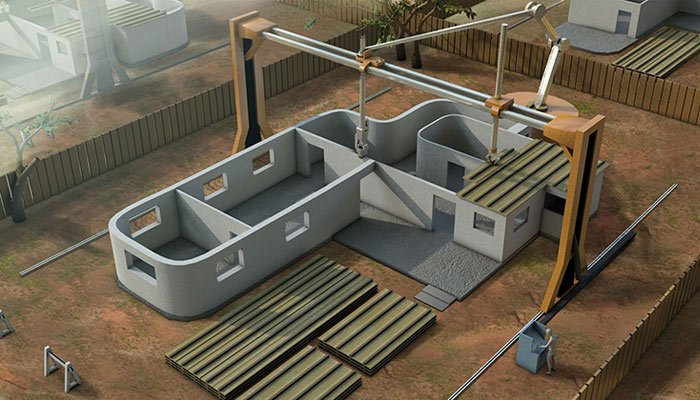3D Printing For Constructions (Civil Engineers) – How?

In our recent blogs, we discussed the 3D Metal Printing machines and why it was different from others and it was mainly used for mechanical engineers but this 3D printing (sometimes known as additive manufacturing (AM)) is a computer-controlled sequential layering of material to create a three-dimensional shape. This prototype and geometrically useful components are especially useful for constructing. It was first developed in the 1980s, but at that time there was a difficult and costly operation and therefore there were some applications. It has only been since 2000 that it has become relatively straightforward and inexpensive and therefore has become viable for a wide range of uses; Product Design, Component and Equipment Manufacture, Consumer Electronics, Plastic, Metallurgical, Aerospace Engineering, Dental and Medical Applications, Shoes, etc.
Sales of AM machines or ‘3D printers’ have increased rapidly and since 2017, the domestic use of 3D printers has become practical. The 3D printing system developed for the construction industry is known as the creation 3D printer. A 3D digital model of the item is either made using a computer-aided design (CAD) or a 3D scanner. The printer then reads the design and places the continuous layers of the printing medium below (it can be a liquid, powder, or sheet material) that are added or joined to create the item. The process may be slow, but it enables to make almost any size.
Based on the technology adopted, printing can produce many components simultaneously, can use many materials and use many colours. Accuracy can be increased by a high-resolution subtraction process which removes content from a more sized printed item. Some techniques include the use of disruptive materials that support overlapping facilities during the fabrication. Material like metal can be expensive to print, and in this case, it can be more cost effective to print a mould, and after that, it can be used to make items. Watch the video below for a better overview.



